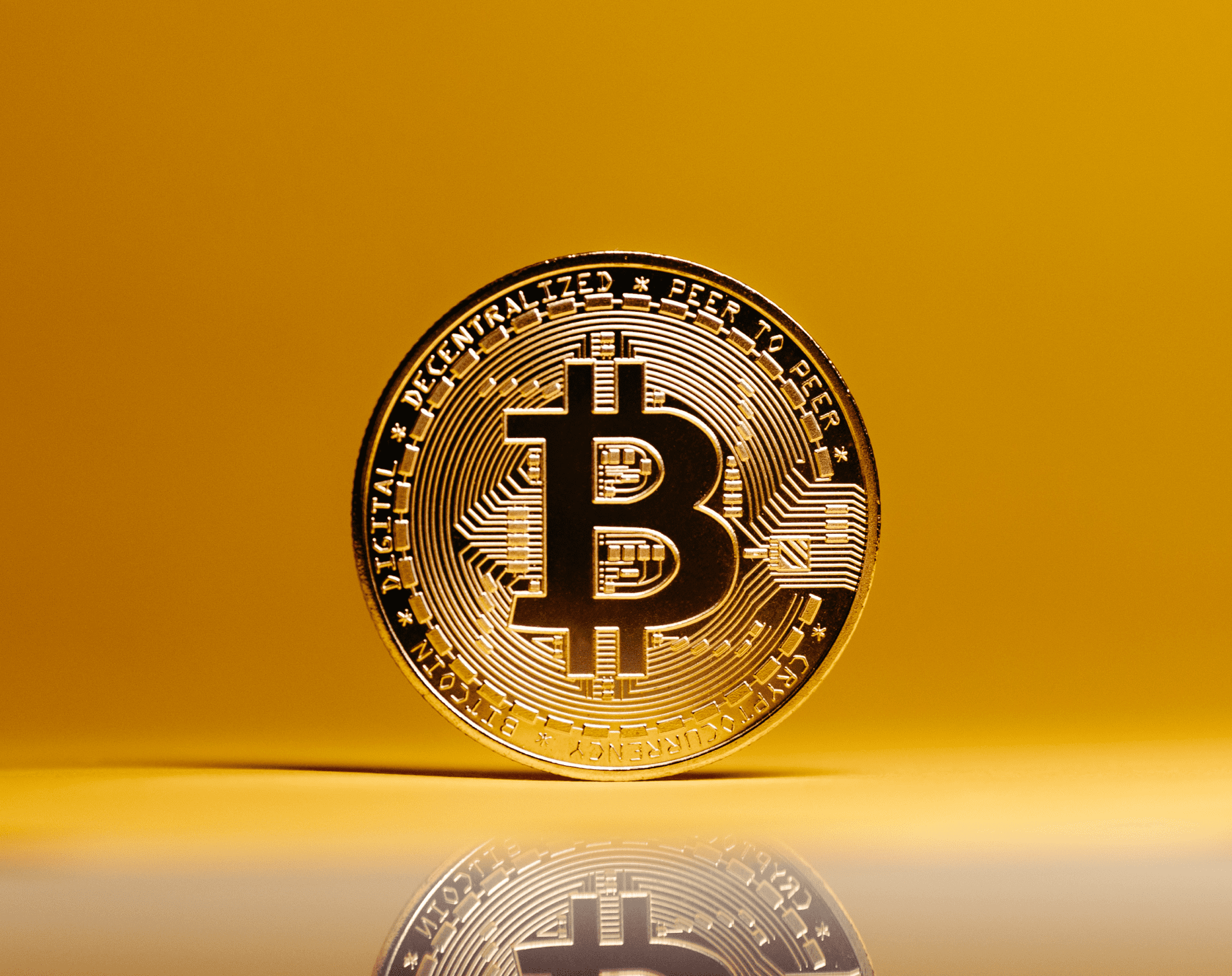Bitcoin Mining News: Only the Leanest Bitcoin Miners Will Survive, MARA CEO Warns
With block rewards set to plunge, only miners with energy control or AI pivots are likely to survive, Thiel argues.
By Helene Braun|Edited by Aoyon Ashraf
Nov 12, 2025, 12:00 a.m.

- Bitcoin mining faces tightening margins as rising competition and energy costs squeeze profitability, says MARA Holdings CEO.
- Smaller miners risk being pushed out as firms shift to AI and high-performance computing to stay afloat.
- The next bitcoin halving in 2028 could make current mining models unsustainable without a major price or fee increase.
The bitcoin BTC$104,868.96 mining industry is entering a difficult period marked by growing competition, rising energy demands and shrinking profits, according to Fred Thiel, CEO of MARA Holdings (MARA).
“Bitcoin mining is a zero-sum game,” Thiel said in an interview with CoinDesk. “As more people add capacity, it gets harder for everybody else. Margins compress, and the floor is your energy cost.”
STORY CONTINUES BELOW
Thiel painted a picture of a maturing and more brutal industry, where only miners with access to low-cost, reliable energy — or new business models — will survive. Increasingly, he said, many mining firms are pivoting to adjacent fields, such as artificial intelligence or building out high-performance computing (HPC) infrastructure. Others are simply being outcompeted by players who deploy their own hardware at a lower cost, including major manufacturers and companies like Tether.
“You have hardware vendors running their own mining operations because customers aren’t buying as much equipment,” Thiel said. “The global hashrate keeps growing, which means everyone else’s margins keep shrinking.”
Thiel warned that the landscape for miners could become even more dire after the next bitcoin halving in 2028, when block rewards will be cut in half again — this time to just over 1.5 BTC. Unless transaction fees rise or the price of bitcoin surges, the economics of mining will become unsustainable for many.
“Bitcoin was designed with the idea that transaction fees would eventually replace the subsidy,” Thiel said. “But that hasn’t happened. If bitcoin doesn’t grow at 50% or more annually, the math gets very tough after 2028 — and even tougher in 2032.”
Despite several short-lived spikes, transaction fees on the bitcoin network remain relatively low. Most of the recent fee surges, like those caused by Ordinals and inscriptions, haven’t sustained long enough to replace block subsidies. Thiel said miners are watching for new trends, such as banks pre-purchasing block space to guarantee settlement priority, that could change the dynamic — but nothing concrete has emerged.
In this environment, smaller miners face serious pressure. Larger players are adapting by controlling energy sources and investing in private infrastructure for AI, while leaner operators may be forced to shut down.
“Our strategy is to be in the lowest quartile in terms of production cost,” Thiel said. “Because in a tight market, 75% of the other guys have to shut down before we do.”
Looking ahead, Thiel expects the market to self-regulate as miners hit profitability limits. But the threshold is rising fast. “By 2028, you’ll either be a power generator, be owned by one, or be partnered with one,” he said.
“The days of being a miner plugged into the grid are numbered.”
More For You
Nov 3, 2025

A deep dive into Zcash’s zero-knowledge architecture, shielded transaction growth, and its path to becoming encrypted Bitcoin at scale.
What to know:
In 2025, Zcash evolved from niche privacy tech into a functioning encrypted-money network:
- Shielded adoption surged, with 20–25% of circulating ZEC now held in encrypted addresses and 30% of transactions involving the shielded pool.
- The Zashi wallet made shielded transfers the default, pushing privacy from optional to standard practice.
- Project Tachyon, led by Sean Bowe, aims to boost throughput to thousands of private transactions per second.
- Zcash surpassed Monero in market share, becoming the largest privacy-focused cryptocurrency by capitalization.
More For You
By CD Analytics, Oliver Knight
7 hours ago
Price action retreats from resistance as institutional selling emerges at key levels.
What to know:
- HBAR dropped from $0.1885 to $0.1837, erasing earlier gains in final trading hour.
- Volume surged 95% above average to 142.7M during breakdown from consolidation zone.
-
Back to menu
Prices
-
Back to menu
-
Back to menu
Indices -
Back to menu
Research
-
Back to menu
Consensus 2026 -
Back to menu
Sponsored
-
Back to menu
Videos -
Back to menu
-
Back to menu
-
Back to menu
Webinars
Select Language











